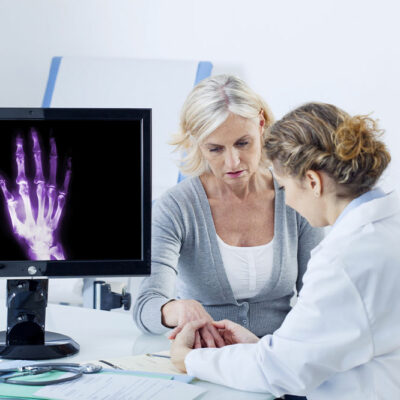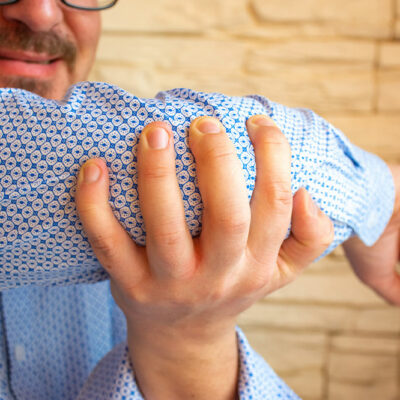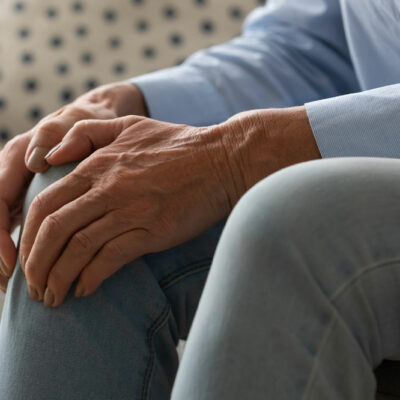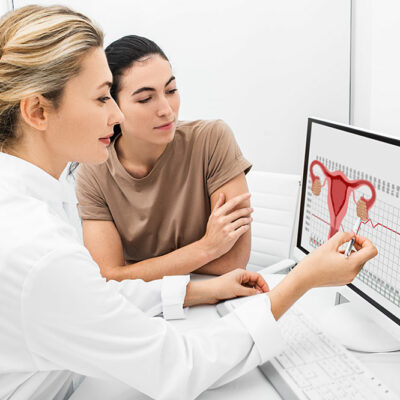
Arthritis – Types and early warning signs
Arthritis is a term commonly used to describe a group of conditions that affect one’s joints. The bones are cushioned with cartilage, a slippery material that absorbs shocks and enables smooth movement. Arthritis develops when this cartilage wears down due to age or injury and does not function properly, leading to joint inflammation, pain, and stiffness. Here are the types and early warning signs of arthritis that one should be aware of. Types of arthritis The most common types of the condition include: Osteoarthritis It is a type of arthritis that affects the hips, knees, lower back, and other large joints that bear the most body pressure. Rheumatoid arthritis Rheumatoid arthritis is an autoimmune condition where the immune system mistakenly attacks the joints. It attacks the smaller joints first, including the fingers and toes, and gradually the whole body, making it systemic. Psoriatic arthritis Another autoimmune condition, psoriatic arthritis primarily affects those with psoriasis, characterized by skin inflammation and patchy or scaly skin. Psoriasis commonly affects the tips of the elbows and knees, the navel, and the skin around one’s genitalia. Gout This is a relatively rare type of arthritis that develops when the kidneys cannot process excess uric acid, which accumulates in one’s joints.
Read Article 









